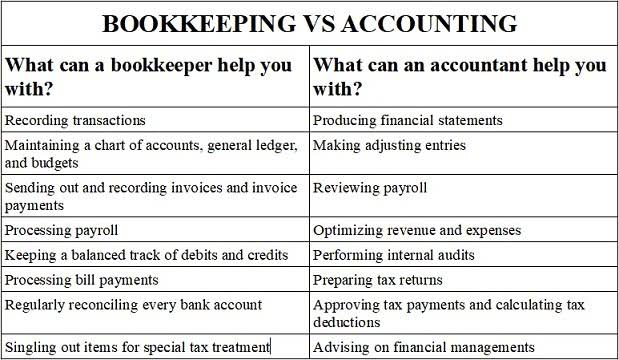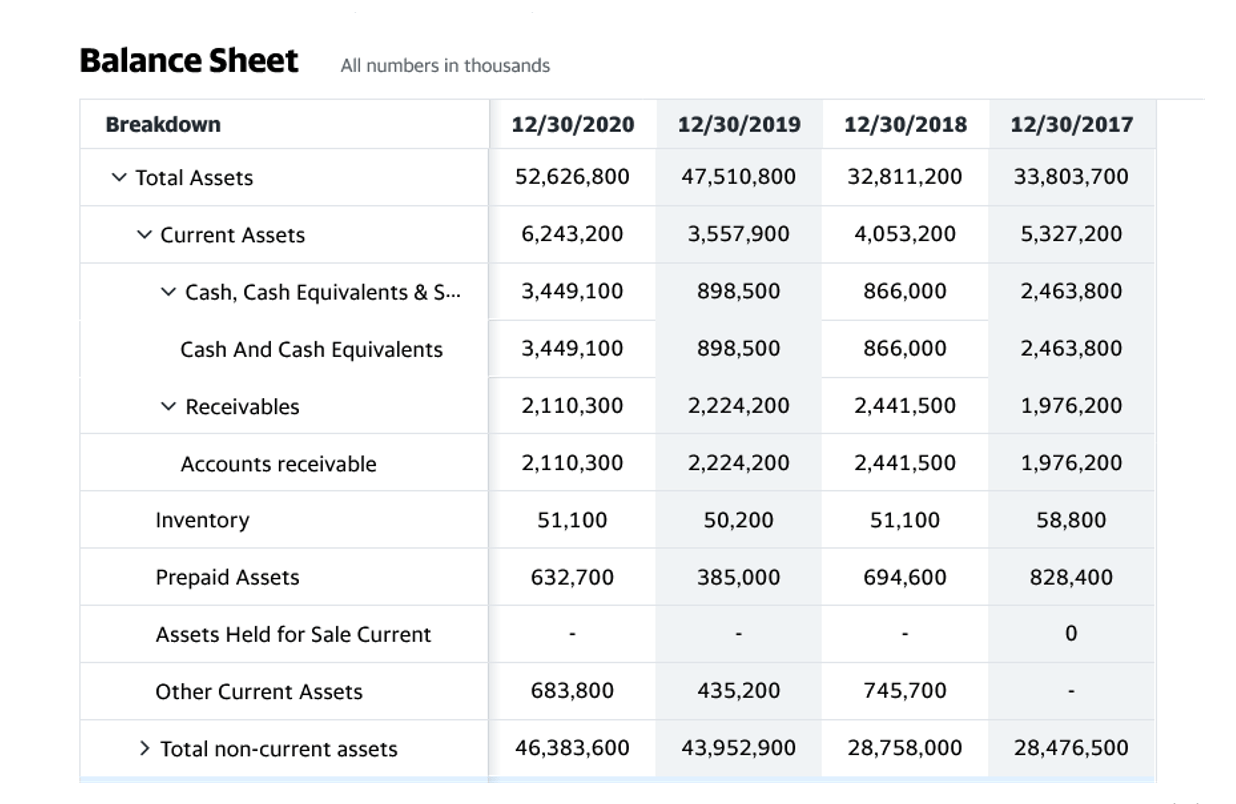
As you can see, treasury management is about knowing where you currently stand and positioning your business for a better future. Treasury management involves forecasting any potential financial risks to ensure the company can meet its financial obligations and ensure predictable business performance. The aim is to identify and address any risks that could significantly impact the business goals. In contrast, treasury management in financial institutions handles wider financial strategies.
- Depending on the size and reach of the corporation, relationships with banks and financial institutions may extend across national borders.
- Strategic alignment, regulatory compliance and cost-effectiveness are critical considerations; flexibility is also essential for adapting to evolving business needs and environments.
- The growing demand for this type of software is projected to push the value of the global treasury management system market to over US$16 billion by 2032, according to a study by Polaris Market Research.
- While treasury management and cash management are sometimes interchangeable for some, they’re not the same thing.
- For instance, business owners can’t foresee natural disasters, global pandemics, or other issues that can disrupt a business.
- Let’s dive in and explore the key functions, benefits, and services of treasury management.
- The CFO or equivalent needs to report to investors on a regular basis regarding how their capital is being utilized.
RECAP Round Table: The Essential Treasury Functions Businesses Ignore

For a lot of companies, treasury management in practice means cash management – the various other sub-functions are simply not considered to be worth the time and effort given the company’s situation. Treasury management focuses on optimizing the use of monetary assets, managing daily liquidity and treasury management vs cash management risk, and ensuring sufficient cash reserves to sustain ongoing operations. By guaranteeing fund availability, treasury management enables the execution of strategic initiatives aimed at achieving the organization’s goals. To sum up cash management vs. treasury management, cash management is a shorter term day-to-day cash monitoring plan and treasury management is longer term strategic financial planning and risk management.
Leverages technology and automation

As a business grows, maintaining visibility over its cash ledger account can become trickier if it means logging into multiple portals, regularly transferring files, and updating spreadsheets. Companies usually introduce dedicated tooling at some stage to centralize cash positions across multiple banks in one system. Reducing manual work and minimizing errors in cash management processes lets finance and treasury teams spend more time and attention on the strategic decisions that help ensure a company’s long-term financial health. Treasury management is the act of managing a company’s treasury activities, daily cash flows and larger-scale decisions when it comes to finances. It involves overseeing money and financial risks, while also ensuring the business has enough funds to meet current and future liabilities. Cash management is a component of treasury management, and both functions are essential for optimal financial management.
- It is common to see dedicated roles for Treasury professionals while smaller companies will have Financial Controllers or Heads of Finance that will also oversee treasury functions.
- Which of these activities a treasury function is actually expected to perform differs from business to business depending on various factors such as its industry, size, internal structure, and financial objectives.
- Installing, protecting, and enabling traditional TMS on a local server is extremely time-consuming with lead-times of up to a year (or more), whereas cloud-based TMS are ready to go, right out of the proverbial box.
- A cash manager handles billing disputes, resolves account discrepancies, and submits accurate financial reports.
- Reducing manual work and minimizing errors in cash management processes lets finance and treasury teams spend more time and attention on the strategic decisions that help ensure a company’s long-term financial health.
Treasury management vs cash management
- Cash management is key to keeping your business running smoothly in the short term, so you’re not constantly scrambling for cash to cover costs.
- SSC costs are typically allocated to operating units through transfer pricing methods, and service delivery is governed by service-level agreements detailing the provision of services.
- For companies with such a system already in place, these modules offer basic cash management functionality without needing to implement another system – but integrating an ERP with several banks is complex and costly.
- Treasury Management Systems (TMS) are software applications that serve to help businesses simplify their payment operations by automatically tracking things like cash flow, assets, investments, and more.
- Whether it’s paying back the initial $5 million dollar loan or preparing for possible liabilities and financial risks, the process of treasury management ensures that the company does not go into unwanted debt.
- Our smart safes provide real-time visibility into data that helps your business make informed financial decisions, both for the short- and long-term.
Depending on the size and reach of the corporation, relationships with banks and financial institutions may extend across national borders. Treasury globalization increases financial obligations like awareness and adherence to international Food Truck Accounting monetary policy, but it also creates opportunities to work with additional finance tools and systems like foreign exchanges (FX). Operational risk – losses to the business due to fraud or error – will sometimes fall under Treasury, although as these risks are not directly financial in nature, they are often delegated to a dedicated team.

Treasury management focuses on the management of an organisation’s short-term liquidity and financial risk, while financial management concentrates on long-term financial performance and strategy. Now that you know the differences between cash management vs treasury management, let’s take a closer look at when your organization should be using them. Treasury management’s responsibilities include managing investments, handling long-term debt, and ensuring the organization has access to capital when needed. In this post, we’ll cover both cash management and treasury management and the differences between the two. We’ll also discuss why cash management is important and how your business bank can help. Liquidity management provides visibility into cash positions over past, present, and future dates and provides an overview of the financial health of a business.

Cash & Treasury Management Best Practices: A Comprehensive Guide for Finance Executives
The primary goals of the treasury management function are to ensure that the organisation has enough funds to meet its needs. Furthermore, these objectives include reducing financing costs and maximising return on investment. It is common to see dedicated roles for Treasury professionals while smaller companies will have Financial Controllers or Heads of Finance that will also oversee treasury functions.
- Many cash management solutions from banks and financial institutions are available for individuals and businesses.
- This includes managing accounts receivable to ensure timely collections and accounts payable to optimize payment schedules.
- Cash management accounts consolidate personal financial accounts, including investing, saving, and checking in one financial institution.
- The company’s inflows and outflows are becoming more varied and new finance tools are being added, resulting in company cash being spread out over more places.
- Integrated Cash Logistics and our comprehensive solutions can help your business optimize both cash and treasury management.
- The advantages of effective treasury management include increased efficiency, enhanced risk management, and augmented profitability, which are achieved through the diligent efforts of the treasury team.
- It’s about knowing where you currently stand and positioning your organization for a stronger future.
Corporates
Modern platforms like Atlar, unlike legacy TMS solutions, are built on cloud-native, API-first technologies. This makes them easier to implement but also able to provide real-time data insights – crucial for making informed decisions on the fly. With features like automated payment workflows, cash reporting, and forecasting, these platforms are built to handle both the strategic and operational aspects of treasury and cash management. While not every company has a dedicated treasury function, some combination of treasury management and cash management tasks are needed to run a business. This post seeks to clearly define both terms, explain the activities each one entails, and at what stage a company should focus on one over the other. Effective cash management involves a continuous cycle of planning, monitoring, and optimizing cash flows.

Securities and Exchange Commission (SEC) that publicly traded companies must file annually. This report provides a thorough overview of a company’s financial performance over the past year. Asset risk management is essentially a fusion of asset management and risk management. Modern treasury departments are increasingly leveraging artificial intelligence and machine learning algorithms to enhance forecasting accuracy by identifying patterns and seasonal variations in cash flows. TMS which leverage AI and machine learning are leading the way as the industry moves toward the future of treasury management. One key way to de-risk a corporation’s financial picture is to employ a multi-banked strategy.

Recent Comments